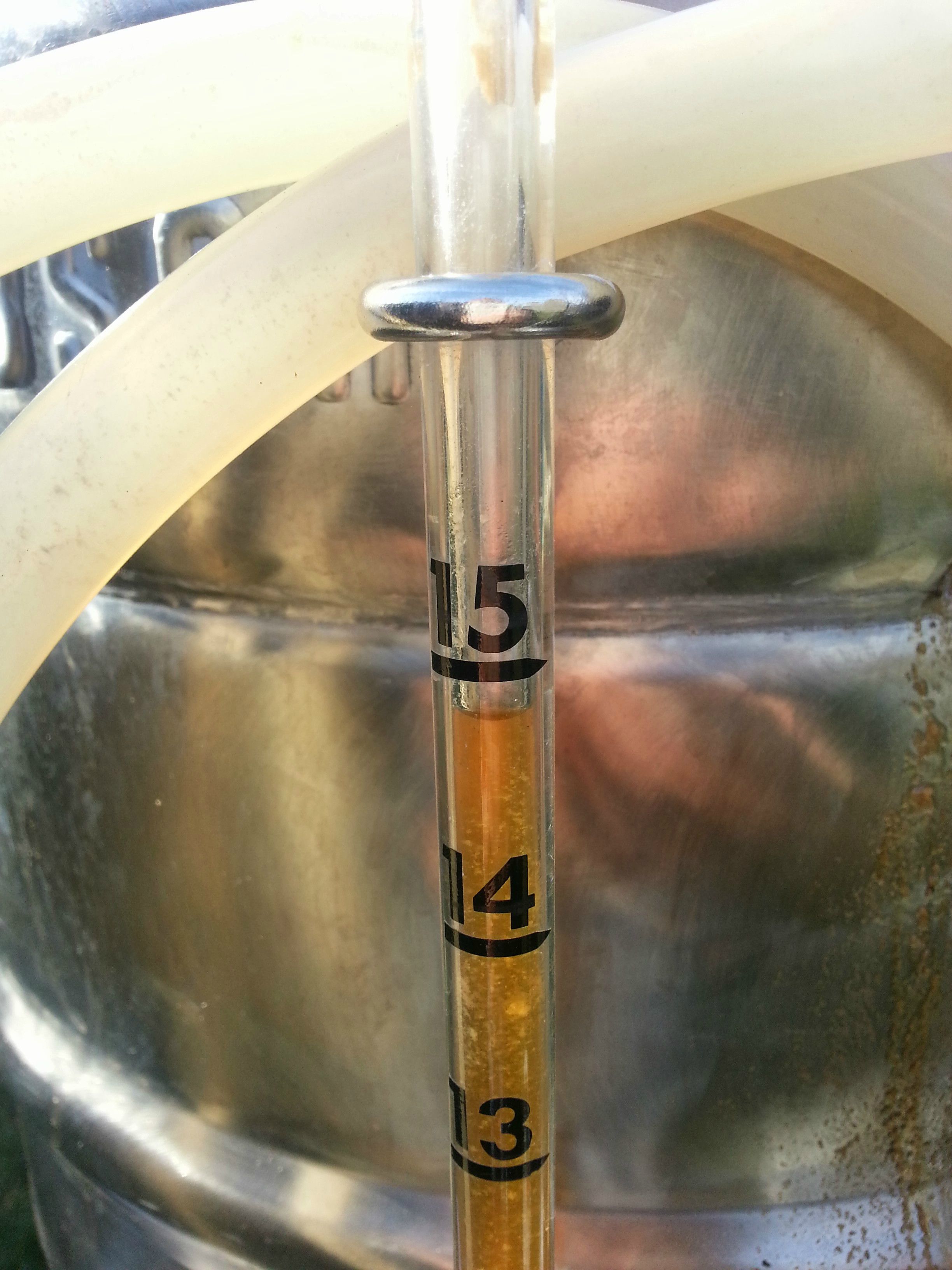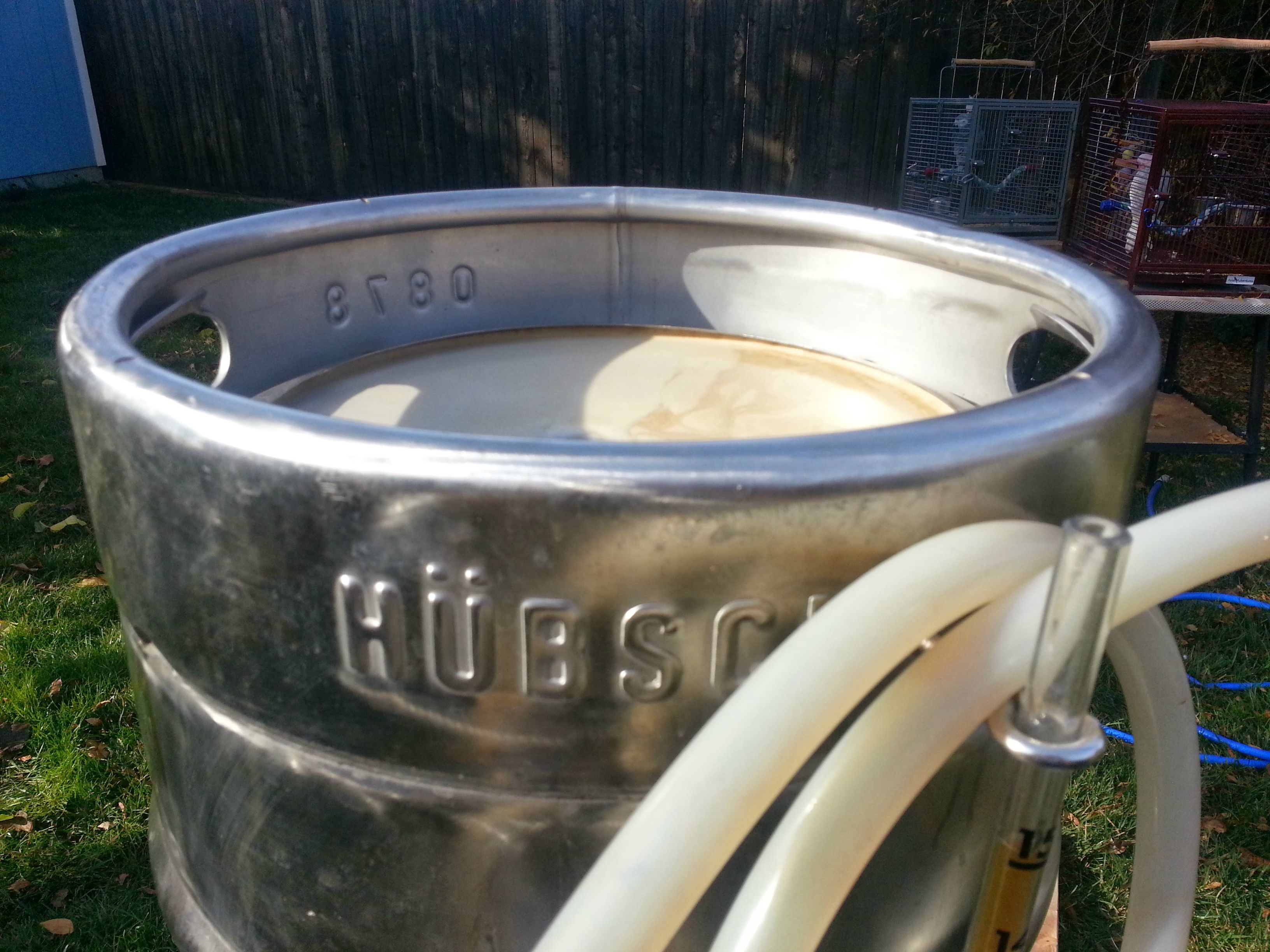DSmith
Well-Known Member
When I used ProMash I found the recipe to be 57% mash efficiency. I scaled to 65%. You can multiply each grain by 57/65 [or any other higher efficiency] to decrease the amounts for higher efficiency. Also scale grain sugar & hops linearly for the batch size difference.
I'm about 6 weeks into the secondary and can't wait to bottle this in the new year.
I'm about 6 weeks into the secondary and can't wait to bottle this in the new year.







